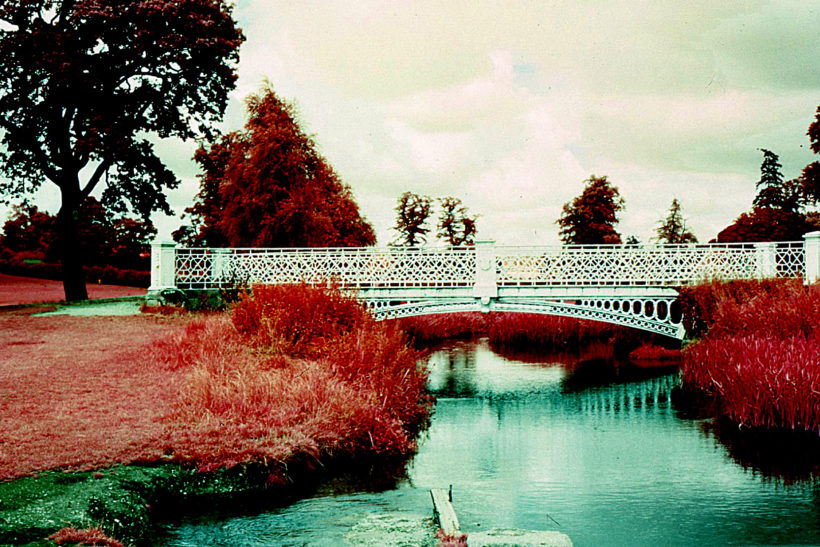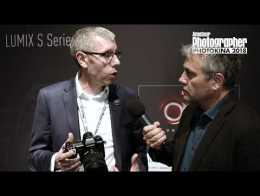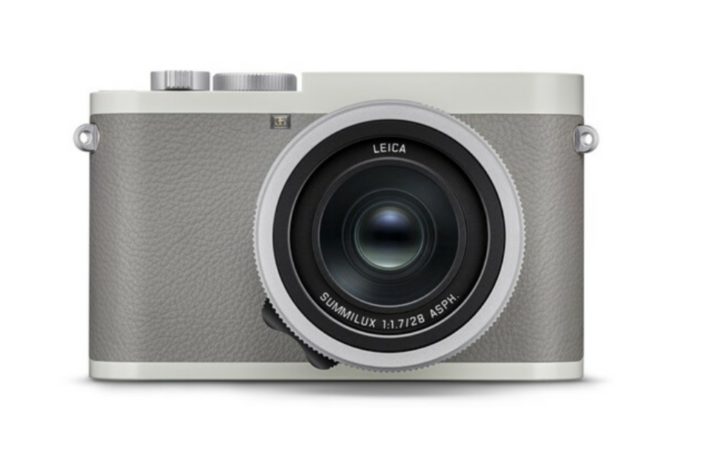
Your guide: John Wade John Wade Regular AP contributor John first tried infrared photography 40 years ago with film cameras, gave up because he couldn’t make it work and has just rediscovered it, thanks to the magic of digital photography. Put simply, what we call white light is made up from the colours of the visible spectrum: red, orange, yellow, green, blue, indigo, violet. For the technically minded, that represents wavelengths from around 380 to 750 nanometres. Outside this range there are wavelengths the human eye can’t see: ultraviolet below 380 nanometres and infrared above 750 nanometres. Since the green foliage of plants and trees reflects more infrared light than other surrounding objects, what’s needed is a way to make the camera ignore the visible spectrum and record only infrared. As a result, green foliage glows pure white, blue skies turn jet black, white clouds stand out in dramatic […]
Click here to view original web page at www.amateurphotographer.co.uk





More Stories
How Good Is the New $6,000 Point and Shoot Camera From Leica?
Leica DG VARIO-ELMARIT 12-35mm F2.8 ASPH Lens Announced
Hasselblad X2D 100C: Keep it simple, stupid